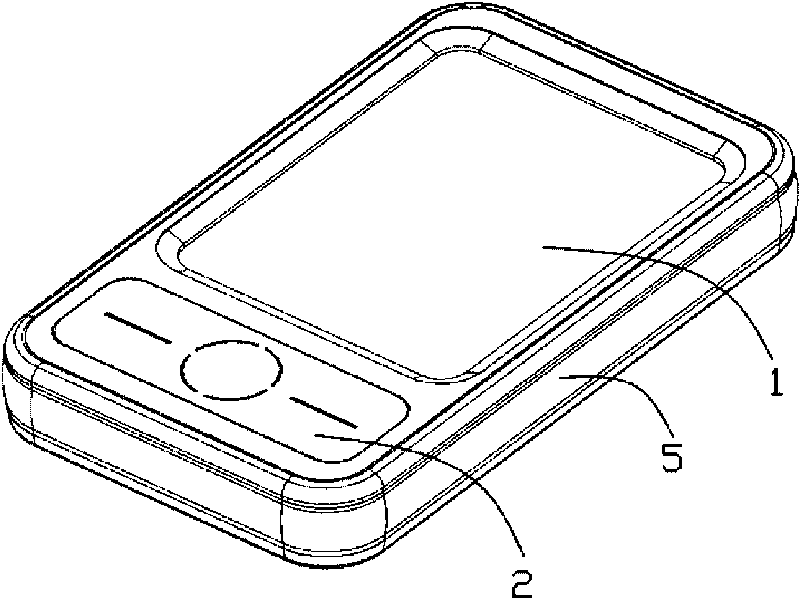Handheld device with pressure induction control characteristic
A hand-held device, pressure technology, applied to measuring devices, fluid pressure measurement by changing ohmic resistance, measurement force and other directions, can solve the problems of cumbersome operation, users can't see the physical buttons, user misoperation, etc., and achieve enhanced control performance , reduce the number, and reduce the effect of user misoperation
- Summary
- Abstract
- Description
- Claims
- Application Information
AI Technical Summary
Problems solved by technology
Method used
Image
Examples
Embodiment Construction
[0017] The present invention will now be described in detail in combination with diagrams and text. In the following description, several specific details will be proposed in order to make the present invention more thoroughly understood. It will be apparent, however, to one skilled in the art that the present invention may be practiced without some or all of these specific details. In some instances, well known process steps have not been described in undue detail in order to avoid unnecessarily obscuring the present invention.
[0018] A preferred embodiment of the present invention discloses a hand-held device with pressure-sensitive control characteristics and a side key control method. During the standby, call or other processes of the hand-held device, the side keys of the hand-held device are used to control such as call volume control, system switch control, and Various application software startup and shutdown and other related functions.
[0019] Such as figure 1 a...
PUM
 Login to View More
Login to View More Abstract
Description
Claims
Application Information
 Login to View More
Login to View More - R&D
- Intellectual Property
- Life Sciences
- Materials
- Tech Scout
- Unparalleled Data Quality
- Higher Quality Content
- 60% Fewer Hallucinations
Browse by: Latest US Patents, China's latest patents, Technical Efficacy Thesaurus, Application Domain, Technology Topic, Popular Technical Reports.
© 2025 PatSnap. All rights reserved.Legal|Privacy policy|Modern Slavery Act Transparency Statement|Sitemap|About US| Contact US: help@patsnap.com



